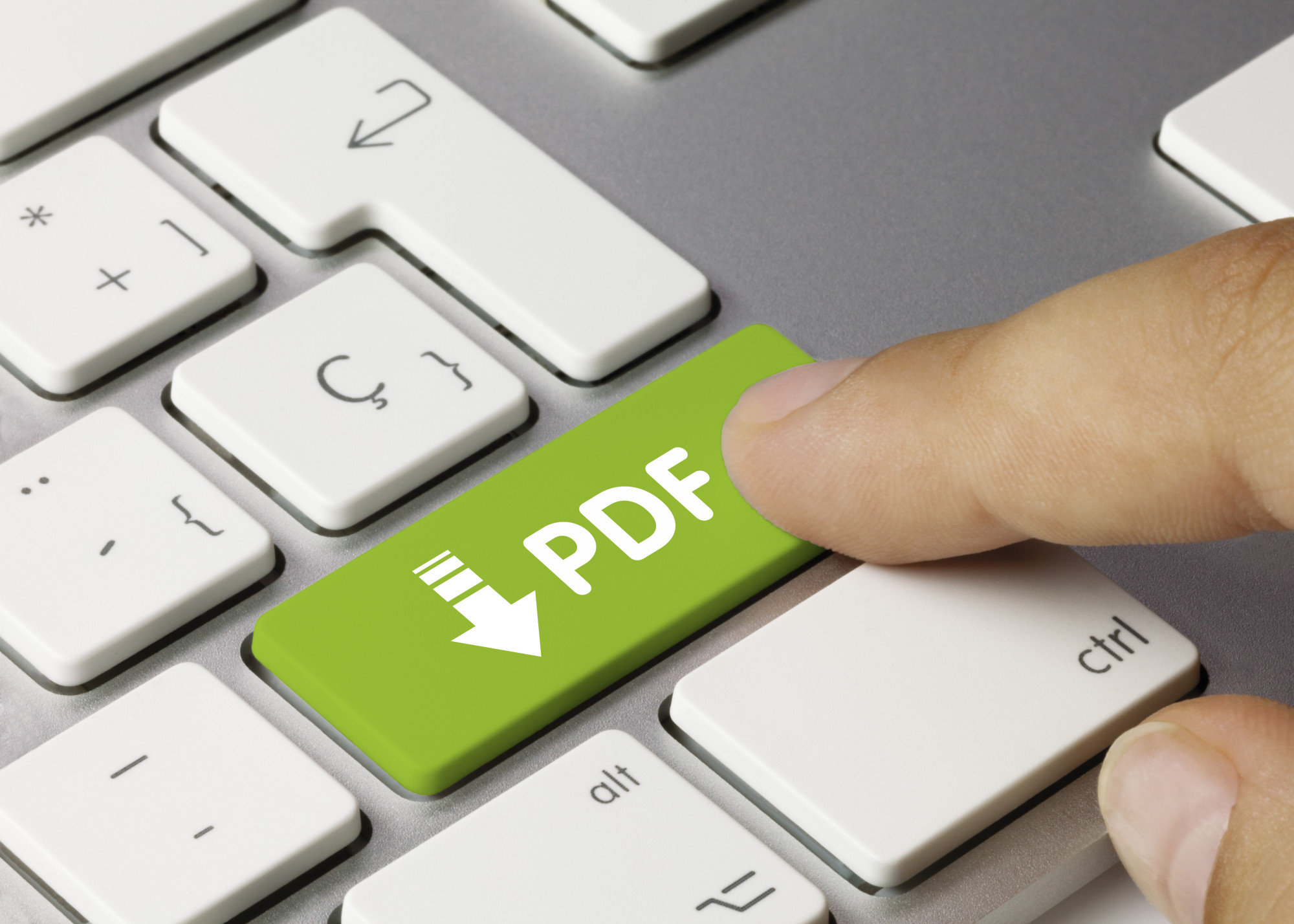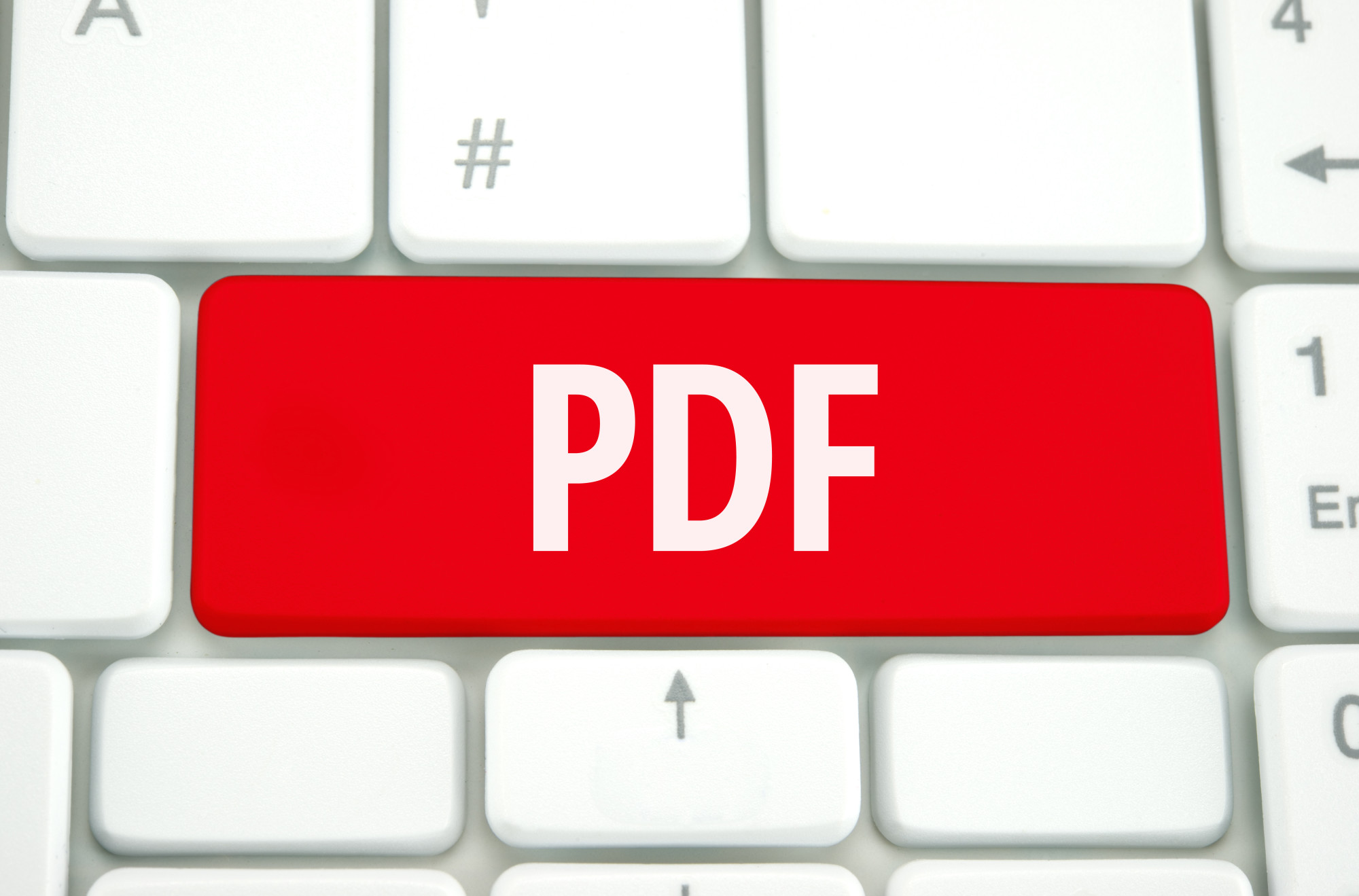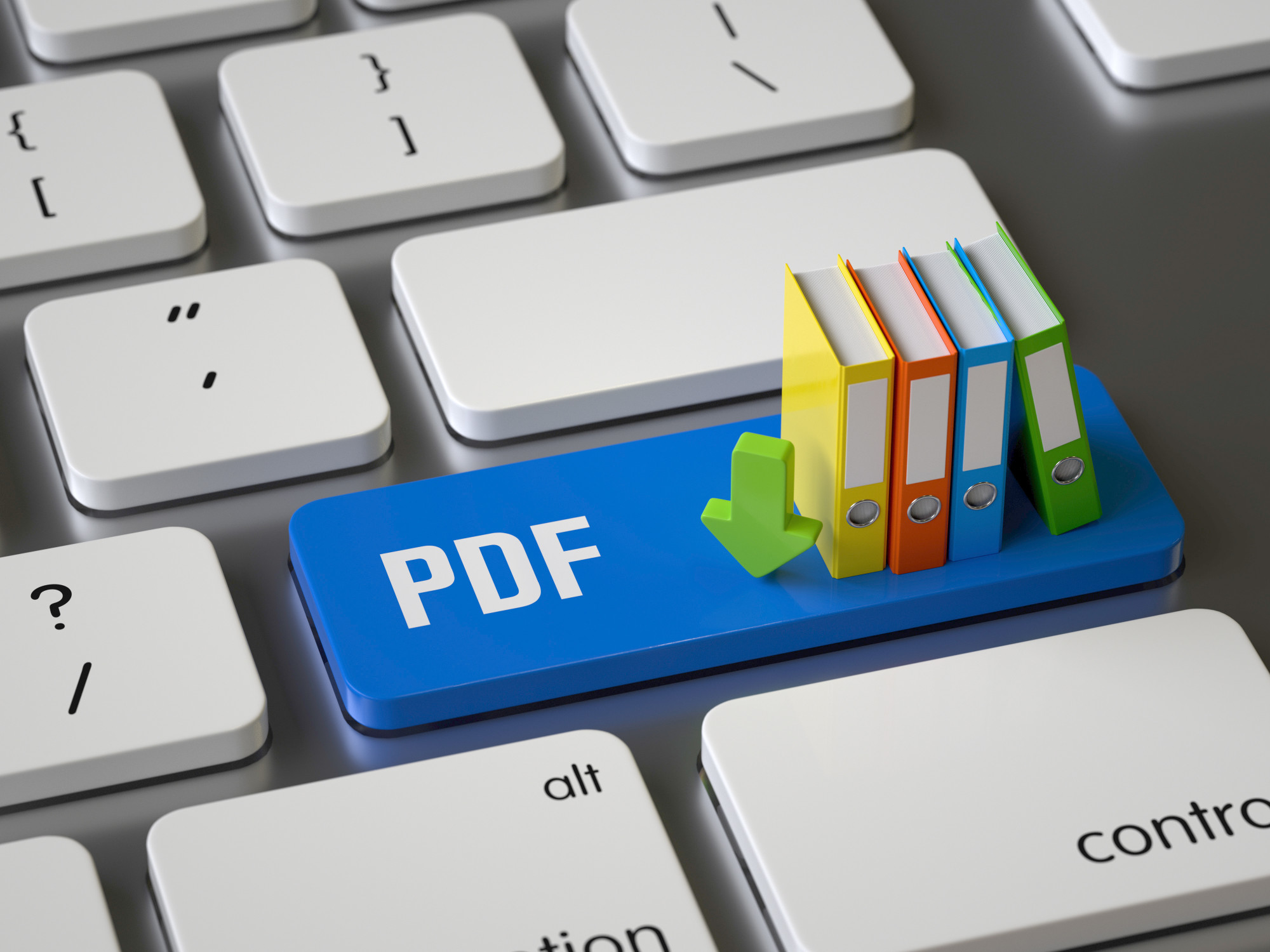Finding a job is never easy. There’s a lot of nuance to a job hunt that most people may not understand, yet not following it may cost them opportunities for work. You may accidentally say the wrong thing in an interview, or email a typo to someone. There’s a lot of ways to mess up a job hunt — especially when making your resume.
Most people use Microsoft Word to make their resumes. It’s a simple program that comes with a variety of different templates to help people show off all that they’ve accomplished in their careers. Just fill out the text boxes, and you’ll see a resume take shape.
After finishing it though, most people start to wonder, “what format should my resume be in?” Although Word may be a powerful program that helps people spill their ideas onto paper, the files you make with it shouldn’t stay in Word’s format. Submitting a Word file for a job application is a job-hunting faux pax.
Instead, it should be a PDF. To learn why you should always submit your job application materials as a PDF, keep reading below!
Files Are Limited by Their Formats
Every file format has its advantages and disadvantages. They’re all developed to solve different problems, and so are appropriate for different situations. For example, Photoshop files aren’t actual images — they’re a series of layers meant to be edited later.
Word files aren’t too different. They’re not static images that stay consistent across different machines and versions. Instead, the way a file is displayed may alter the way it appears to someone who opens it.
Keep reading below to learn the differences between Word and PDF files, and how they may change the way your resume is displayed.
Word Files Are Meant to be Edited
A Microsoft Word file isn’t as static as most people think. Most of the time, the file just needs to save text, which doesn’t generally change between programs and machines. Yet, Microsoft Word does more than just allow you to write stuff.
It lets you format text in different ways, such as bold, italics, or underlined. It lets you write in different font styles, which requires someone looking at your resume to have the style on their machine. The program even lets you alter the positioning of text by rearranging different text fields.
Word files are designed to be manipulated, but only by one person with one machine. It can be hard for Microsoft Word to keep up with the changes to a file if it’s exchanged between people since it’s unlikely they have the exact same computer. So don’t be surprised if your resume looks different on a potential employer’s computer than it does on yours.
PDF Files Stay the Same, Mostly
Unlike Microsoft Word documents, PDF files are designed to stay almost exactly the same between people. Some programs, like Adobe Acrobat, allow you to make some basic changes to the file. They allow you to a layer of text or to put a picture on top of the original file.
Yet, with PDFs, the actual content of a file should never change. When you save something as a PDF, you’re essentially taking a picture of it. Most of the metadata, such as when the file was created and what program it was made in, is preserved.
But if you send it to somebody else, you’re almost guaranteed it will look the same to them as it does for you. The only way it can change is if the file gets corrupted. And if that happens, you may have bigger issues.
You Can Start A Resume In Word
Even though you should send resumes as PDFs, you don’t need to make them as a PDF. You can start a resume in Word and then convert it into a PDF when you’re done. That way, you can take advantage of Word’s litany of features to help you impress employer’s with more than just your career.
Word will help you stand out by impressing them with your design skills, too. Keep reading below to learn why you should start out making your resume with Word, before converting it to a PDF.
Microsoft Takes Pride in its Products
One thing most people don’t appreciate enough about Microsoft Word is the fact that it was made by Microsoft. While other word processors are out there, and they may be cheaper, they also likely lack the support of a major company like Microsoft. The company keeps its products updated for as long as possible.
Teams of customer support specialists are also available for anything you may need. When you use Microsoft Word, you’re not alone on your job search, and you won’t need to worry about technical difficulties. With modern versions, you can even save your documents to the cloud and work on them with anything, from anywhere.
Take Advantage of Templates To Stand Out
The biggest advantage to using Microsoft Word is the fact that you’ll have access to a variety of templates. Most people use a generic format for their resumes, which is a huge mistake. Employers don’t spend longer than six seconds at a resume.
If you can’t impress them at a glance, you may miss your opportunity to get hired. And to impress people that quickly, you need to catch their attention by presenting your resume in style. If you don’t think the preinstalled Microsoft Word templates do that, you also have a litany of user-made templates to choose from too.
Wondering “What File Should my Resume be In?”
The correct answer to the question, “what file should my resume be in,” is a PDF. When you submit your resume in a job application, you need to look professional in every regard. That means you need to think ahead and prevent any technical issues from coming up.
The best way to do that is to submit things in PDF. With PDFs, you can be assured that your potential new employer will see the same document you see. They’ll appreciate the fact that you thought ahead, and you’ll have that much more of a chance of landing that job.
And if you’re not sure how to convert your Microsoft Word resume into a PDF, just use our tool here. We help people share their documents so that they get seen by as many people as possible, with as few issues as possible!



